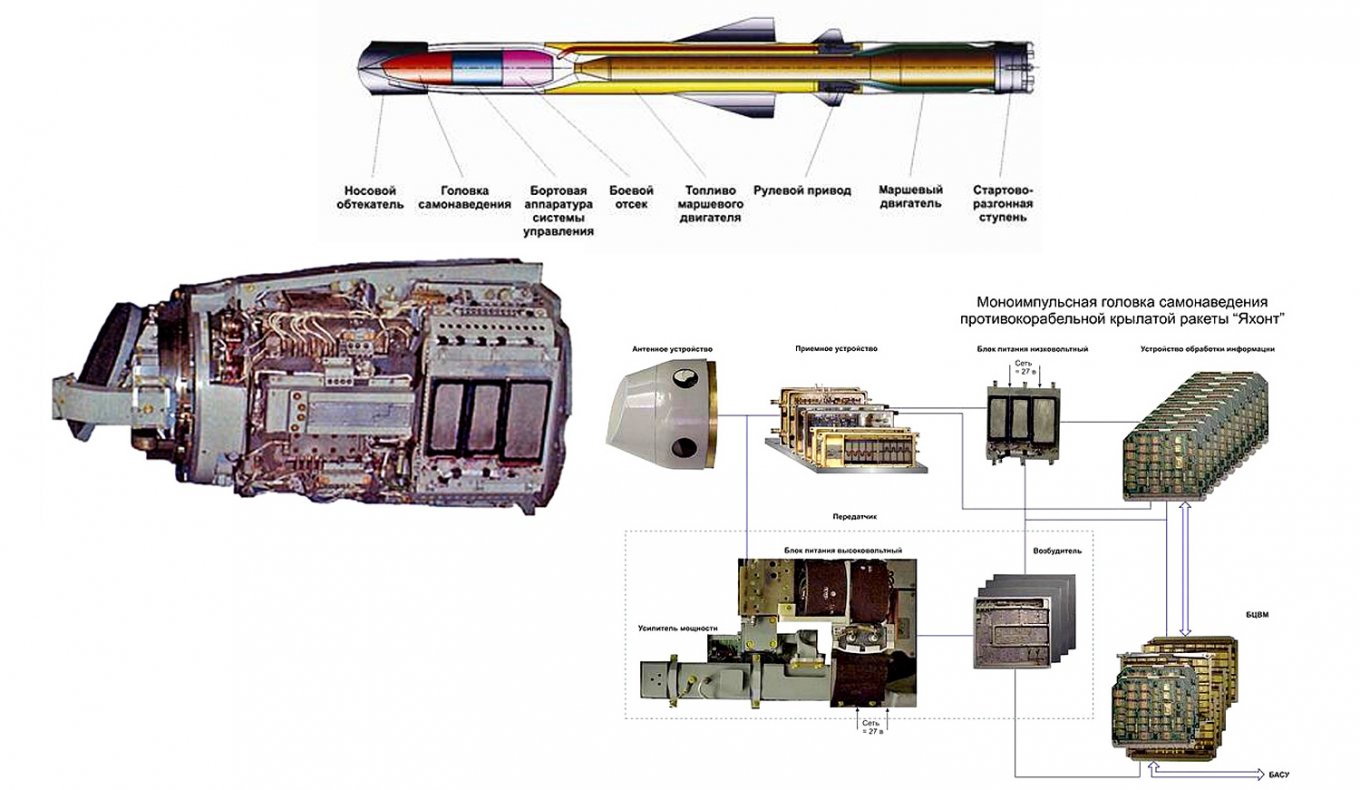New article from russian state-owned TASS news agency stated that the P-800 Oniks supersonic anti-ship missiles deployed by the Bastion coastal defense systems apparently received "new active homing heads that allow them to hit ground targets with high accuracy."
And also mentioned that "at the same time, work is underway to ensure the invulnerability of Oniks missiles to the influence of electronic warfare systems at the disposal of the Armed Forces of Ukraine." At first glance, it looks like one of the numerous statements from the russians about them constantly improving their Oniks missile but this time we have a few interesting points here to pay extra attention to.
Read more: The Atesh Partisans Expose Movement of the Oniks Missile Carriers

To begin with, one of the Kremlin's biggest mouthpieces has basically recognized that at the moment, the P-800 Oniks missiles are not resistant to EW used by Ukrainian Defense Forces, though the exact effect, like vulnerability to spoofing or jamming, is not specified. Among other things, this detail explains how the Ukrainian managed to shoot down the Oniks missiles on multiple occasions in summer and winter 2022, without having at that time the appropriate anti-missile defense equipment, such as SAMP/T and Patriot.
Back then, Defense Express assumed that the EW systems could have been the key to countering these missiles. Since the P-800 employs a radar homing system, which starts looking for a target at the final stage of the flight, EW could potentially suppress the guidance system as an option, so that the missile simply does not hit the target, even though it's not physically knocked down.
But judging by the official reports from the Ukrainian military issued at the time, such an effect was achieved when the number of incoming missiles was not exceeding one or two, and not during mass attacks.

The next interesting point is about russians planning to install new radar seekers into the Oniks missiles now, in March 2024. For starters, let's recall that the Ukrainian Defense Intelligence stated in July 2023 that before the strikes on Odesa, russia had modernized its P-800 Oniks in an attempt to improve the originally anti-ship missile's accuracy against land-based targets.
Perhaps, the results achieved then did not satisfy the researchers at all. The announcement from russian media following in January 2024 said, works were underway to modernize the P-800 Oniks and increase its operational range.
However, it turned out that by admitting the need to improve the range, the russians themselves refuted their previous statement about Oniks' attack range of 800 kilometers or even higher instead of the declared 300 kilometers. This way, we can see how russian pre-invasion propaganda crumbles as war realities continue to reveal the real capabilities of their weapons. On the other hand, by admitting previous mistakes, they learn to enhance their weapons which poses additional danger for Ukraine.

Read more: Zircon's Warhead Unveils the Biggest Scam by russian Defense Ministry Leading to Creation of a Useless Missile














